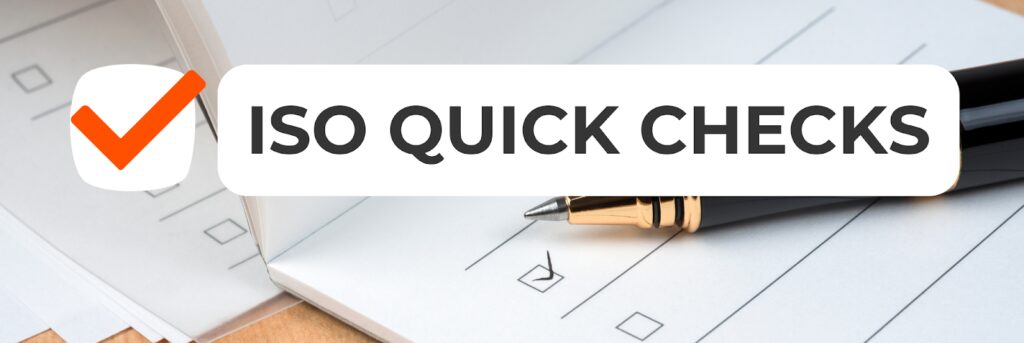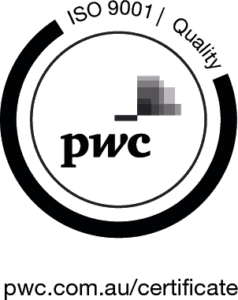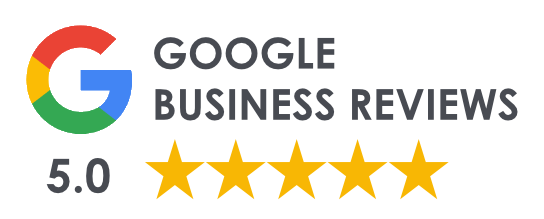Understanding the Differences Between Quality Management, Assurance, and Control
In the realm of business, the pursuit of quality remains a cornerstone for ensuring customer satisfaction, operational efficiency, and sustained success. Amidst this landscape, terms like Quality Management, Quality Assurance, and Quality Control often intertwine, blurring their distinctions. Although they might be used interchangeably sometimes, they are actually different things, and understanding their nuances becomes imperative, especially when framed within the broader context of ISO 9001:2015, a pivotal ISO Management System Standard heralding a new era for many businesses’ operations.
In short, here is the difference between Quality Management, Quality Assurance, and Quality Control:
- Quality Management is the foundational framework instilled within an organisation, emphasising continual improvement and customer satisfaction as a cultural ethos, not just a function.
- Quality Assurance, as part of Quality Management, functions in the operational sphere, ensuring consistent, defect-free delivery by adhering to established standards through meticulous process design, implementation, and audits.
- Quality Control focuses on specific measures to verify product or service quality at different lifecycle stages, involving inspection, testing, and correction of defects to maintain consistent quality practices.
Below, we’ll delve deeper into the distinctions between these three Quality terms, offering further explanations and detailed examples that illustrate when each term should be used, and how they can be used.
1. Quality Management
Quality Management stands as the encompassing framework within which an organisation’s dedication to continual improvement and customer satisfaction resides. It’s not a mere function but a culture ingrained at the core of an organisation’s ethos and operations. Quality management involves overseeing all necessary activities to maintain a set standard of excellence, aiming to consistently meet or exceed customer expectations through systematic control, adherence to quality standards, and continual improvement. This helps optimise efficiency, minimise defects, and ensure happy customers by fostering ongoing improvement efforts.
For example, a company adhering to ISO 9001:2015 – an international standard that provides a framework emphasising customer focus, process improvement, and evidence-based decision making – maintains a robust Quality Management system, continually gauging customer feedback, refining processes, and aligning strategies with business goals, exemplifying their commitment to Quality Management.
2. Quality Assurance
Stepping into the operational space, Quality Assurance emerges as the driving force behind consistent and efficient delivery of products and services focused on preventing defects and ensuring that processes adhere to established standards. It encapsulates processes and procedures designed to ensure every phase of the product or service lifecycle meets predefined quality benchmarks.
ISO 9001 serves as a guiding framework for establishing a Quality Management System, while Quality Assurance embodies the practical application of processes and measures aligned with ISO 9001’s requirements. Seeking to achieve ISO 9001 Certification showcases an organisation’s dedication to Quality Assurance and its unwavering commitment to continual improvement.
3. Quality Control
On a more granular level, Quality Control zeroes in on specific actions taken to verify that products or services meet established quality requirements at a particular point in their lifecycle. It involves inspection, measurement and/or testing using predefined criteria, prior to the release of a product or service to the customer, identifying and correcting defects to maintain consistent quality.
In the context of ISO 9001 requirements, Quality Control serves as a specific component within the broader framework of a Quality Management System. For instance, if applicable, an organisation could integrate quality control checks at different production stages to guarantee adherence to defined standards. A final inspection conducted before product release ensures compliance with the established quality requirements, exemplifying the principles of Quality Control within the comprehensive scope of a Quality Management System under ISO 9001.
It’s important to highlight that certification to the ISO 9001:2015 Quality Management Systems Standard verifies the effectiveness of the Management System, and is not a product certification. The certification audit process for the Quality ISO Management System Standard verifies overall management system effectiveness, but won’t involve inspections or quality control checks of your actual product. However, the certification auditor will be checking that you do your own inspections and/or quality control checks, if these are relevant to your operational process requirements.
Illustrating the distinctions through examples
To elucidate further, let’s consider an automobile manufacturing company:
Quality Management: The company aligns its policies, processes and operations to document how quality in all core business operations is managed, in order to continually improve manufacturing and vehicle performance, reliability, and customer satisfaction. It invests in R&D, collects feedback, updates processes, and implements innovative solutions to stay ahead in the market.
Quality Assurance: The manufacturing unit adheres to stringent quality standards at each stage of production, from design to assembly. Along with Quality Management, this includes conducting regular checks and audits to ensure compliance with safety protocols, product and client requirements, and manufacturing guidelines.
Quality Control: Before vehicles leave the factory, a final inspection team meticulously examines the cars, conducting tests, using a checklist to verify the paint quality, engine performance, and overall build to ensure they meet predefined quality standards. This is a more hands-on approach on the physical/end-product, in contrast with the Management and Assurance functions.
Harmonising with ISO 9001:2015 Quality Management Systems (QMS)
By harmonising with the ISO 9001:2015 QMS Standard, businesses not only adhere to a set of international best practices, but also leverage a systematic approach to enhance their operational efficiency and overall performance. This standard, with its emphasis on risk-based thinking and a process-oriented approach, serves as a guiding beacon for organisations seeking sustainable growth and continual improvement.
Implementing ISO 9001:2015 requires a strategic integration of Quality Management, Assurance, and Control, which can be seen as follows:
The synergy between Quality Management, Assurance, and Control, guided by the ISO 9001:2015 framework, fosters an environment conducive to continual improvement, risk mitigation, and customer satisfaction. Organisations that embrace these principles effectively often experience enhanced operational efficiency, reduced wastage, increased customer loyalty, and a competitive edge in the market.
If you’re looking to get your business Certified to ISO 9001:2015, but don’t know where to start, let us help you. Our consultants will ensure that your Quality Management System will be effectively implemented for how your business operates. We have helped over 200 businesses achieve and maintain their Certification first-time through a tailored approach, and can guarantee the same for you!
Don’t wait to make Quality a top priority in your business. Call us now on 1300 614 007, email us, or book your online FREE Strategy Session to discover how we can help you achieve your Certification goals.
About the author
Brooke is the Marketing Coordinator and Content Developer at ISO Certification Experts and ICExperts Academy. She is responsible for all of the communications with our audience, including well-researched content across our website, blogs, social media channels, and email marketing. Her passion revolves around simplifying complex topics, helping prospective clients to make well-informed decisions with ease.
All information on this blog site is for informational purposes only. As this information is based on our professional experience, opinion, and knowledge, we make no representations as to the suitability of this information for your individual business circumstances. Especiality Pty Ltd trading as ISO Certification Experts and all related businesses and brands will not be liable for any errors, omissions, legal disputes or any damage arising from its display or use. All information is provided as is, with no warranties and confers no rights.
We will not be responsible for any material that is found at the end of links that we may post on this blog site. The advice, ideas, and strategies should never be used without first assessing your own personal business situation or seeking professional and/or legal advice. Information may also change from time to time to suit industry and business needs, requirements and trends.
















